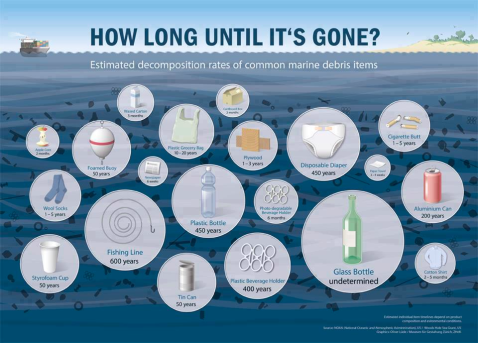
Stellar Sea Cow, Extinct in 1768, only 27 years after discovered by Europeans
The most comprehensive assessment of the world’s mammals has confirmed an extinction crisis, with almost one in four at risk of disappearing forever, according to The IUCN Red List of Threatened Species™, revealed at the IUCN World Conservation Congress in Barcelona.
The new study to assess the world’s mammals shows at least 1,141 of the 5,487 mammals on Earth are known to be threatened with extinction. At least 76 mammals have become extinct since 1500. But the results also show conservation can bring species back from the brink of extinction, with five percent of currently threatened mammals showing signs of recovery in the wild.
“Within our lifetime hundreds of species could be lost as a result of our own actions, a frightening sign of what is happening to the ecosystems where they live,” says Julia Marton-Lefèvre, IUCN Director General. “We must now set clear targets for the future to reverse this trend to ensure that our enduring legacy is not to wipe out many of our closest relatives.”
The real situation could be much worse as 836 mammals are listed as Data Deficient. With better information more species may well prove to be in danger of extinction.
“The reality is that the number of threatened mammals could be as high as 36 percent,” says Jan Schipper, of Conservation International and lead author in a forthcoming article in Science. “This indicates that conservation action backed by research is a clear priority for the future, not only to improve the data so that we can evaluate threats to these poorly known species, but to investigate means to recover threatened species and populations.”
The results show 188 mammals are in the highest threat category of Critically Endangered, including the Iberian Lynx (Lynx pardinus), which has a population of just 84-143 adults and has continued to decline due to a shortage of its primary prey, the European Rabbit (Oryctolagus cuniculus).

The last known Thylacine died in captivity in 1933
Species like China’s Pere David’s deer (Elaphurus davidianus), is listed as Extinct in the Wild. However, the captive and semi-captive populations have increased in recent years and it is possible that truly wild populations could be re-established soon. It may be too late, however, to save the additional 29 species that have been flagged as Critically Endangered Possibly Extinct, including Cuba’s Little Earth Hutia (Mesocapromys sanfelipensis), which has not been seen in nearly 40 years.
Nearly 450 mammals have been listed as Endangered, including the Tasmanian Devil (Sarcophilus harrisii), which moved from Least Concern to Endangered after the global population declined by more than 60 percent in the last 10 years due to a fatal infectious facial cancer.
Habitat loss and degradation affect 40 percent of the world’s mammals. It is most extreme in Central and South America, West, East and Central Africa, Madagascar, and in South and Southeast Asia. Over harvesting is wiping out larger mammals, especially in Southeast Asia, but also in parts of Africa and South America

The Baiji or Yangtze River Dolphin was officially declared extinct in 2008

The Barbary or Atlas Lion became extinct in 1942

The last Caribbean Monk Seal was seen in 1952
25% of all animal species are now at immediate risk of extinction. How many must go extinct before humans realize we are not only destroying biodiversity but our very own survival?
Wildlife Conservation Film Festival, Inc.
Christopher J. Gervais, Founder & CEO
Christopher@WCFF.org
Facebook: facebook.com/WCFForg
LinkedIn: Wildlife Conservation Film Festival
Twitter: @WCFF_org


























